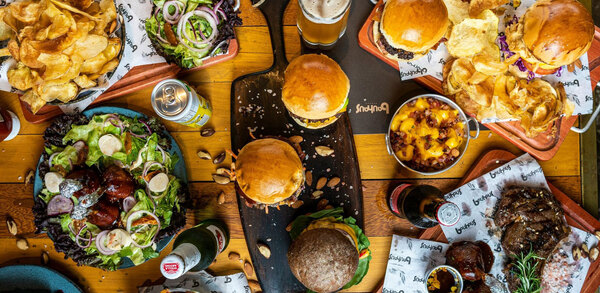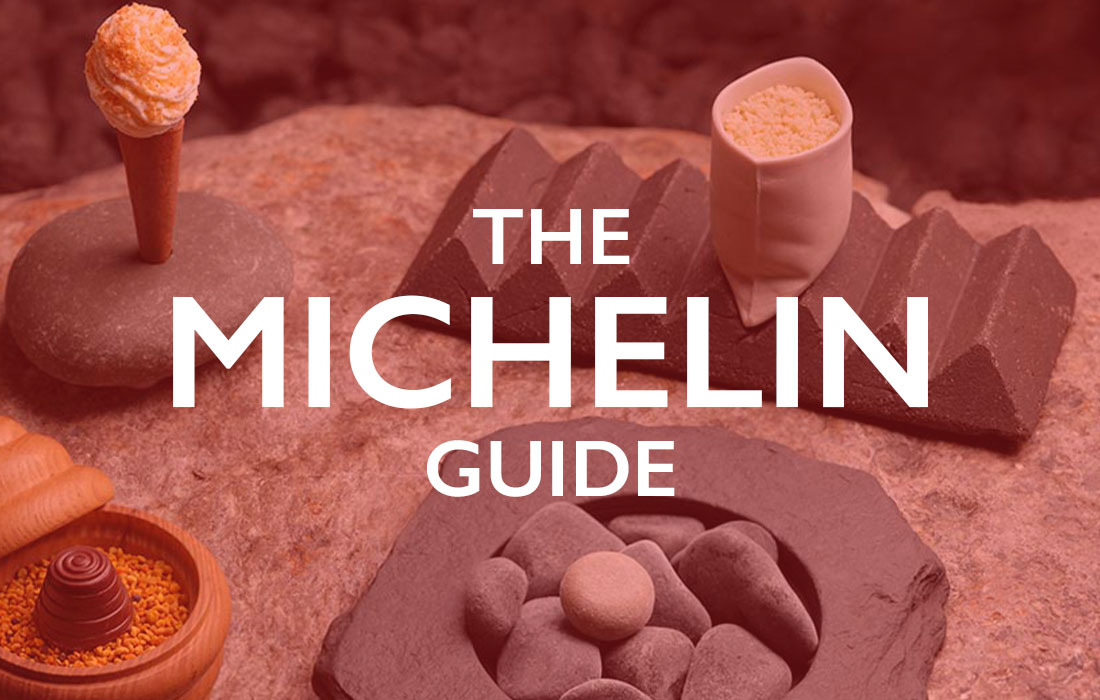Damson and rosemary jelly, by Madalene Bonvini-Hamel
(Makes approximately 6 x 250ml jars)
ingredients
1.6kg ripe damsons
4 large sprigs of fresh rosemary
2 lemons
1.4kg preserving sugar
Method
Wash the damsons, cut them in half and place in a large saucepan. Cover the damsons with cold water, and bring them to the boil. Place a plate on top then weigh them down and simmer over a low heat for 30 minutes.
Add the fresh rosemary for the last 10 minutes of cooking time, then remove the pan from the heat and set aside to cool for 30 minutes.
Pour the juice into a jam bag or muslin cloth, hang it in the fridge and leave to drip through overnight.
Weigh the juice and then work out how much preserving sugar is needed. Use 10 parts of liquid to 7 parts of sugar, so for 2 litres of juice use 1.4kg preserving sugar.
Return the sugar and juice to a large saucepan, dissolve the sugar over a low heat, turn the heat up and rapidly boil until the mixture reaches 110ºC on a sugar thermometer.
Sterilise the preserving jars. Once the jelly is ready, leave to cool slightly before pouring it into the warm sterilised jars, seal the lids while hot and leave to cool completely.
Keep for up to three months in a cool, dark and well-ventilated space or in the fridge.
Serve with breakfast scones, pancakes, roasted pork, venison, pheasant and cheese.
Chef's tip
The difference between preserving sugar and jamming sugar Preserving sugar has larger crystals than granulated sugar, so it dissolves more slowly and has a reduced risk of burning. It is "cleaner" and produces fewer impurities, which rise to the surface when cooking jellies. Jamming sugar contains added pectin and citric acid, which enables jams cooked with fruits that contain less natural pectin to set better and firmer.















